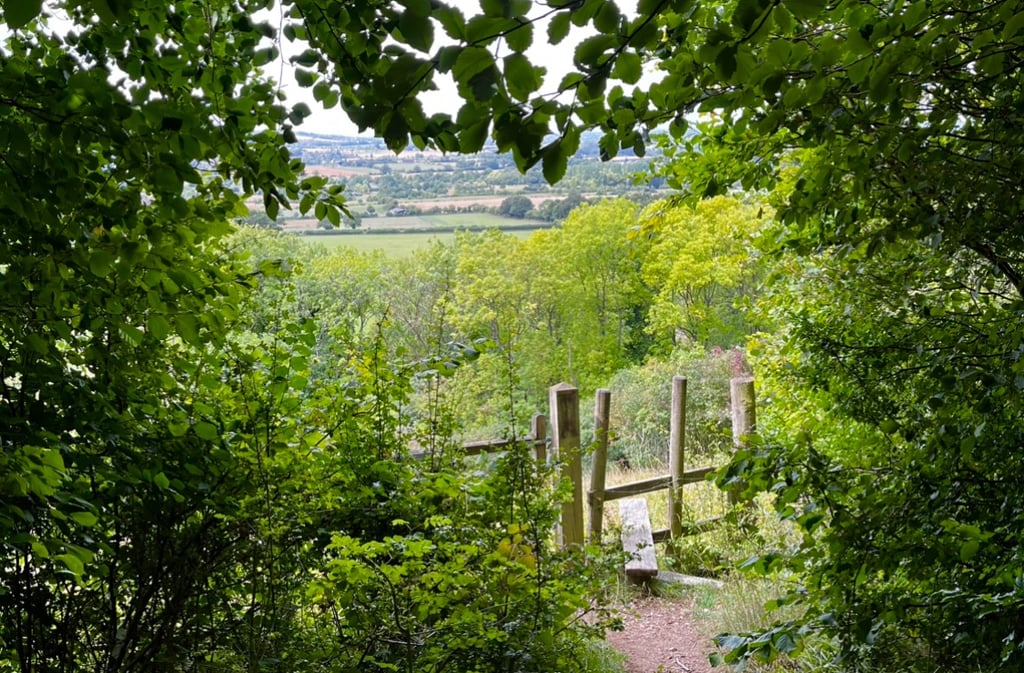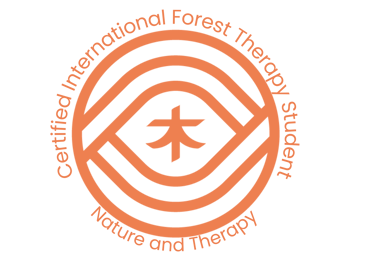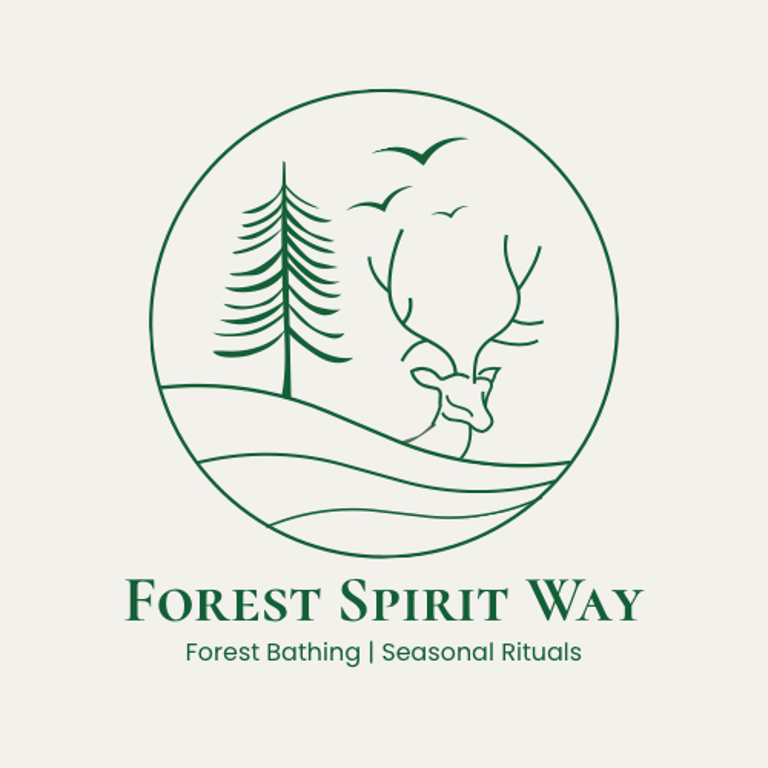How Trees Help Us Heal: Phytoncides, Immunity & Why It Matters
When we step into the forest, something shifts. The air feels fresher, our shoulders drop, and the world seems to exhale around us. This isn't just imagination, the trees are actually releasing tiny invisible compounds that change the way our bodies function. “Between every two pines is a doorway to a new world.” ~ John Muir
Mary-Ann Robinson
9/1/20252 min read


Phytoncides and Immunity
Trees produce Volatile Organic Compounds (VOCs) called phytoncides as part of their immune system, which protects them from pests and disease. When we breathe phytoncides released from trees, our own immune system responds in a remarkable way. Activity in our Natural Killer (NK) cells, a type of white blood cell that fights infection and helps prevent disease, increases. Research shows that just a few hours of forest bathing can boost NK cell activity for days afterwards.
Why This Matters
Modern life leaves many of us stressed, tired, and unwell. Stress-related illness, weakened immunity, high blood pressure, and anxiety are some of the biggest pressures on healthcare systems today. Doctors see patients daily for these conditions, and the costs of medication, hospital visits, and long-term treatment keep rising.
Forest bathing offers something refreshingly different… a natural, accessible, and preventative way to support our health. By lowering stress hormones, calming the mind, and strengthening immunity, time in woodland environments has the potential not only to improve individual wellbeing but also to ease pressure on public health services.
In Japan, forest bathing is already recognised as part of the public health strategy, with official forest therapy trails and research-backed programmes. Imagine if the UK, or other first-world countries, encouraged this same approach. The results could mean fewer GP visits for stress and anxiety, less reliance on medication, and a shift towards prevention rather than cure.
This is why forest bathing isn’t just a personal wellbeing practice… it’s also a quiet revolution in how we think about health.
A Closing Thought
The forest reminds us that healing doesn’t always come in bottles or prescriptions, sometimes it comes in the whisper of leaves and the rhythm of our breath beneath the trees. As John Muir beautifully expressed “Between every two pines is a doorway to a new world."
Perhaps that new world is one where health and nature walk hand in hand.
References
Li, Q. (2018). Forest Bathing: How Trees Can Help You Find Health and Happiness. Penguin Life.
Park, B. J., Tsunetsugu, Y., Kasetani, T., Kagawa, T., & Miyazaki, Y. (2010). The physiological effects of Shinrin-yoku (taking in the forest atmosphere or forest bathing): Evidence from field experiments in 24 forests across Japan. Environmental Health and Preventive Medicine, 15(1), 18–26.
Hansen, M. M., Jones, R., & Tocchini, K. (2017). Shinrin-yoku (forest bathing) and nature therapy: A state-of-the-art review. International Journal of Environmental Research and Public Health, 14(8), 851.
Mao, G. X., Cao, Y. B., Lan, X. G., He, Z. H., Chen, Z. M., Wang, Y. Z., & Yan, J. (2012). Therapeutic effect of forest bathing on human hypertension in the elderly. Journal of Cardiology, 60(6), 495–502.
World Health Organization (2016). Global Report on Urban Health: Equitable, Healthier Cities for Sustainable Development. Geneva: WHO Press.
Nurturing seasonal rituals for
earth-aligned wellness.
Connect with us today
Submit your enquiry
hello@forestspiritway.co.uk
© 2025. All rights reserved.


@forest_spirit_way
The Wild Sanctaury T/A Forest Spirit Way
Built with Harmony & Light
